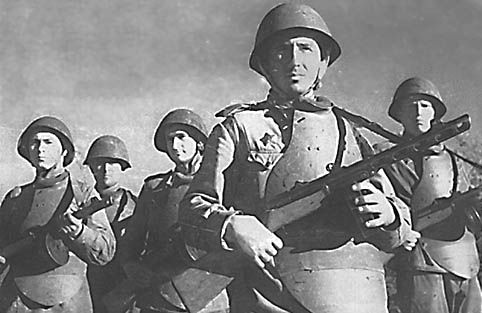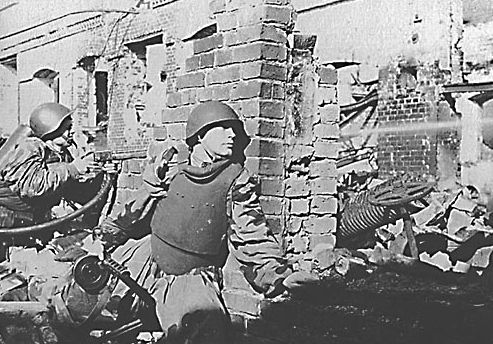Gas mask canister was also relatively popular place to store food in despite being this and that and that and this and [insert plethora of regulations and counterarguments here even when it makes perfect sense, it's the only (almost) waterproof thing a landser would have on the field and do you want to eat wet food?  ]
]
Upvote
0












